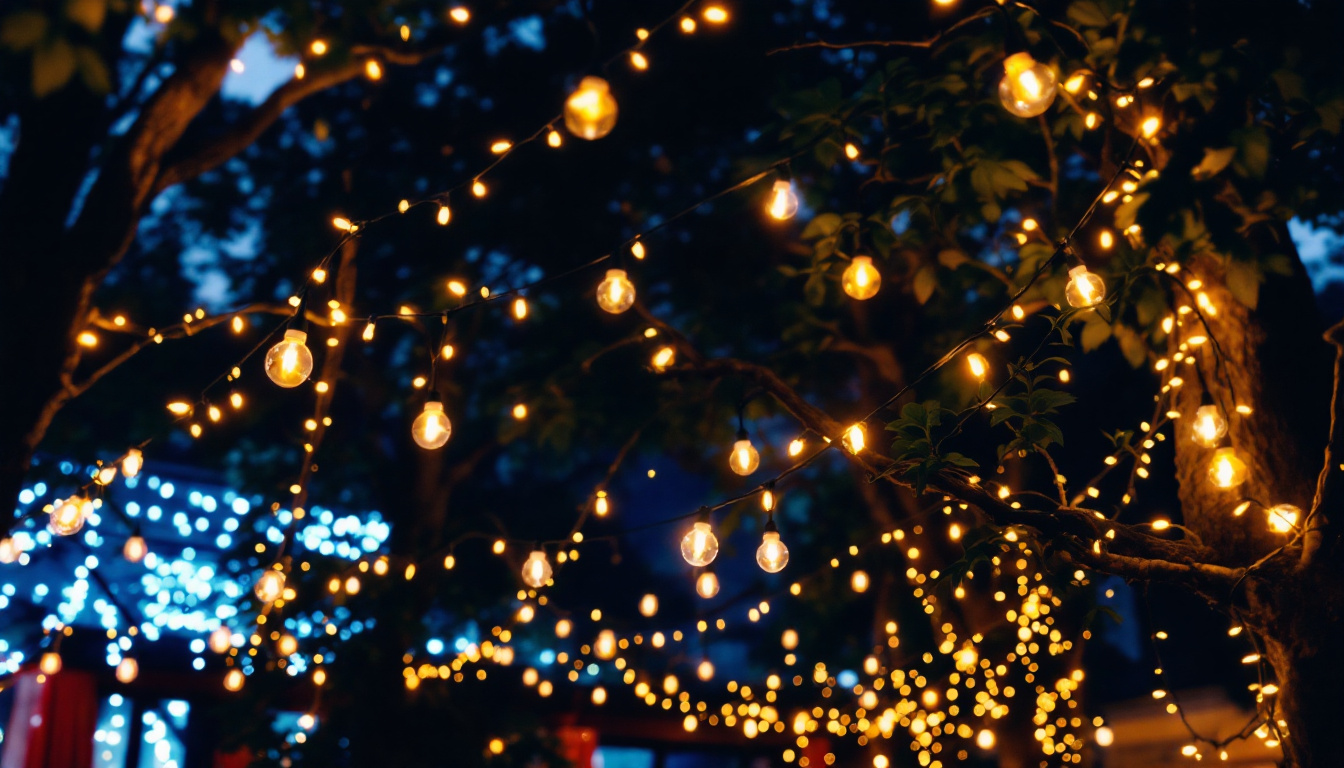

Lighting Strips: expert lighting contractors Share Insights
Lighting strips have become an essential element in modern design, offering versatility and creativity for both residential and commercial spaces. As technology advances, lighting contractors are discovering new ways to utilize these strips, enhancing aesthetics while providing functional illumination. This article delves into the insights shared by expert lighting contractors, exploring the various applications, installation techniques, and design considerations for lighting strips.
Lighting strips, often referred to as LED strip lights, are flexible circuit boards populated with light-emitting diodes (LEDs). They come in various lengths, colors, and brightness levels, making them suitable for a wide range of applications. Their adaptability allows for creative installations that can transform any environment. Whether you’re looking to enhance the mood of a room or provide functional lighting, these strips offer a versatile solution that can be tailored to individual preferences and needs.
There are several types of lighting strips available on the market, each designed for specific applications. The most common types include:
Understanding the different types of lighting strips helps contractors choose the right product for their specific needs. Each type has its own advantages, making it crucial to assess the intended use before making a selection. For instance, while standard LED strips are perfect for indoor use, waterproof variants are essential for patios or gardens where exposure to the elements is a concern. Furthermore, RGB LED strips not only provide color versatility but can also be synchronized with music or other stimuli, creating an immersive experience for users.
The versatility of lighting strips allows for a multitude of applications across various settings. Some popular uses include:
Each application demands a unique approach, and understanding these distinctions is vital for contractors aiming to meet client expectations effectively. Additionally, lighting strips can be creatively integrated into furniture designs, such as under shelves or within cabinetry, to provide both aesthetic appeal and practical illumination. In commercial settings, they can be used to enhance brand identity by incorporating specific colors that align with a company’s visual identity, making them a powerful tool in both residential and commercial design.
Proper installation is key to maximizing the performance and longevity of lighting strips. Expert contractors emphasize several techniques that can enhance the installation process.
Before installation, thorough planning is essential. This includes measuring the area where the strips will be placed and determining the power requirements. Contractors should consider the following:
By taking the time to prepare, contractors can avoid common pitfalls and ensure a smoother installation process. Additionally, it is beneficial to create a detailed layout plan that includes the positioning of the strips, any necessary connectors, and the routing of wiring. This foresight can help in visualizing the final outcome and ensuring that all components are easily accessible for maintenance or future upgrades. Furthermore, considering the ambient lighting and how it interacts with the installed strips can significantly enhance the overall effect, allowing for a more cohesive design.
Mounting lighting strips can vary based on the application and surface type. Here are some effective methods:
Choosing the right mounting technique not only enhances aesthetics but also ensures the safety and durability of the installation. For example, when using mounting channels, it is important to select channels that fit the width of the strips to prevent any light leakage and to maintain a sleek appearance. Moreover, when considering suspended installations, the use of adjustable cables or chains can allow for flexibility in positioning, enabling users to experiment with different heights and angles to achieve the desired lighting ambiance. This versatility can be particularly advantageous in spaces where the lighting needs may change, such as in galleries or event spaces.
When integrating lighting strips into a design, several factors must be considered to achieve the desired effect. Expert contractors highlight the importance of these design elements.
The color temperature of lighting strips plays a significant role in setting the mood of a space. Strips are available in various color temperatures, typically measured in Kelvin (K). Here are some common options:
Choosing the right color temperature can significantly impact the overall ambiance, making it a crucial consideration for contractors.
Modern lighting strips often come with advanced control options that enhance versatility. Contractors should consider the following:
Incorporating these control options can elevate the user experience, making installations more appealing to clients.
While lighting strips offer numerous benefits, contractors may encounter challenges during installation. Understanding these challenges can help in devising effective solutions.
One common challenge is ensuring that the power supply meets the requirements of the installed strips. Insufficient power can lead to flickering or dim lighting. Contractors should:
Addressing power supply issues upfront can prevent complications during and after installation.
LED strips generate heat, which can affect performance and longevity. Proper heat management is essential, particularly in enclosed spaces. Here are some strategies:
By implementing effective heat management strategies, contractors can enhance the durability and performance of lighting strips.
The lighting industry is continually evolving, and lighting strips are no exception. Several trends are emerging that contractors should be aware of.
As smart home technology becomes more prevalent, the integration of lighting strips with these systems is on the rise. This trend allows for:
Contractors who stay ahead of this trend can offer clients cutting-edge solutions that enhance convenience and energy efficiency.
With increasing awareness of environmental issues, there is a growing demand for eco-friendly lighting solutions. Contractors can explore options such as:
Embracing eco-friendly options not only meets client demands but also contributes to a more sustainable future.
Lighting strips are a powerful tool for lighting contractors, offering versatility and creativity in design. By understanding the various types, applications, and installation techniques, contractors can enhance their projects and meet client expectations. As technology continues to evolve, staying informed about trends and challenges will ensure that contractors remain competitive in the ever-changing lighting landscape.
With the insights shared by expert lighting contractors, the potential for innovative and effective lighting strip installations is limitless. Embracing these insights can lead to successful projects that not only illuminate spaces but also elevate the overall design aesthetic.
Ready to elevate your lighting projects with the versatility and creativity of lighting strips? Look no further than LumenWholesale for all your lighting needs. Our extensive selection of top-quality, spec-grade lighting products is available at unbeatable wholesale prices, ensuring you get the best value for your investment. Say goodbye to inflated markups and hello to reliable, high-performance lighting that meets the highest industry standards. Plus, with free shipping on bulk orders, you can stock up on premium lighting without any hidden fees or compromises. Don’t miss out on the perfect blend of quality, affordability, and convenience. Visit LumenWholesale today and discover Wholesale Lighting at the Best Value for your next project.

Illuminate your projects with expert insights! Discover essential tips and considerations for lighting contractors working with outdoor string lights, from installation techniques to design trends, ensuring every space shines brilliantly..

Discover the benefits and innovations of solar-powered yard lights in this insightful guide tailored for lighting contractors.

Discover why Leviton is a must-know name for lighting contractors.

Discover why sourcing hospital bed lights from local distributors might not be the best choice for bulk purchases.
Get notified when NEW deals are released.
Optimize your budget with wholesale discounts.
Only top-quality, specification-grade lighting products.
No additional costs at checkout - what you see is what you pay.
We understand the unique needs of contractors.